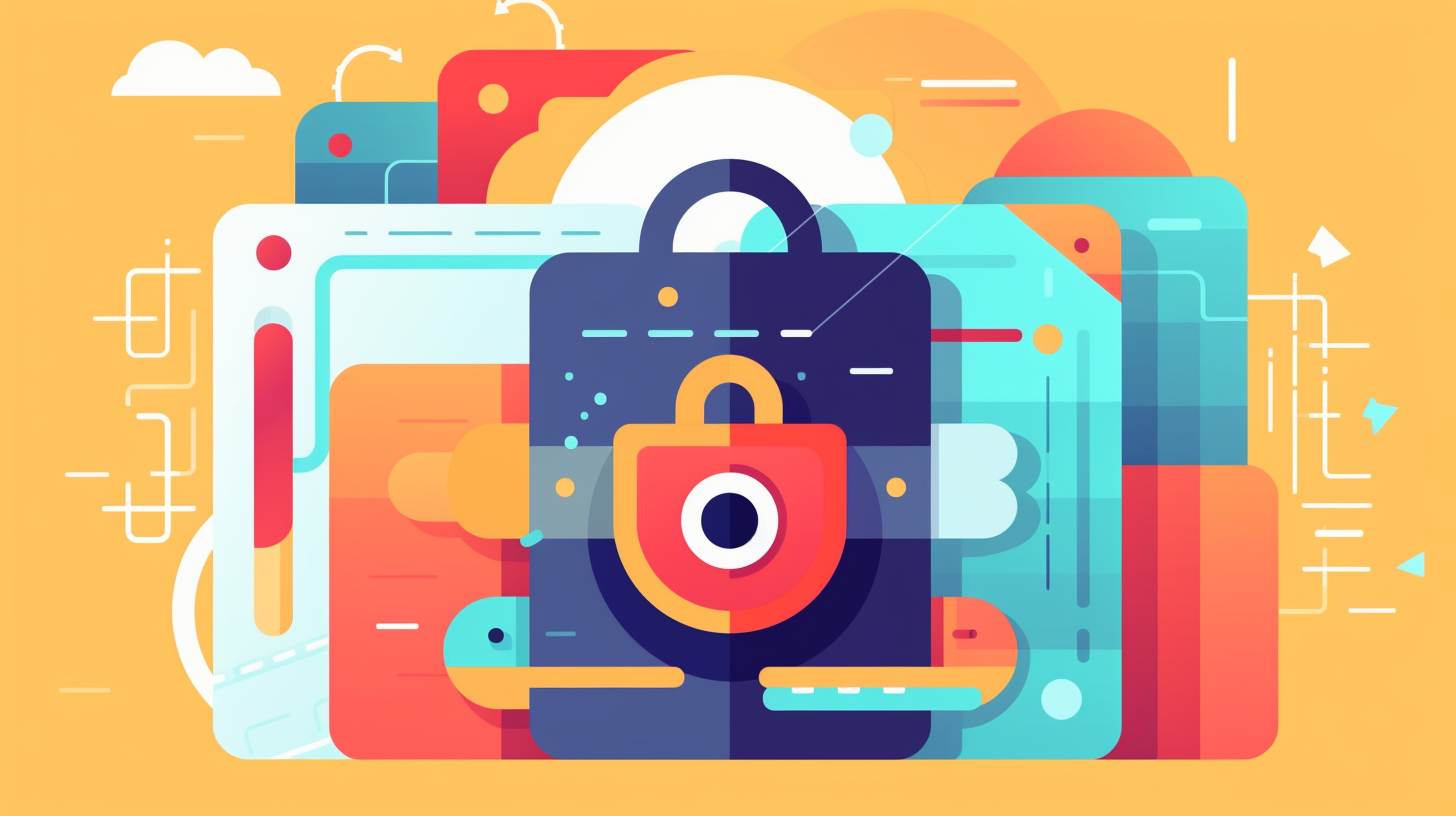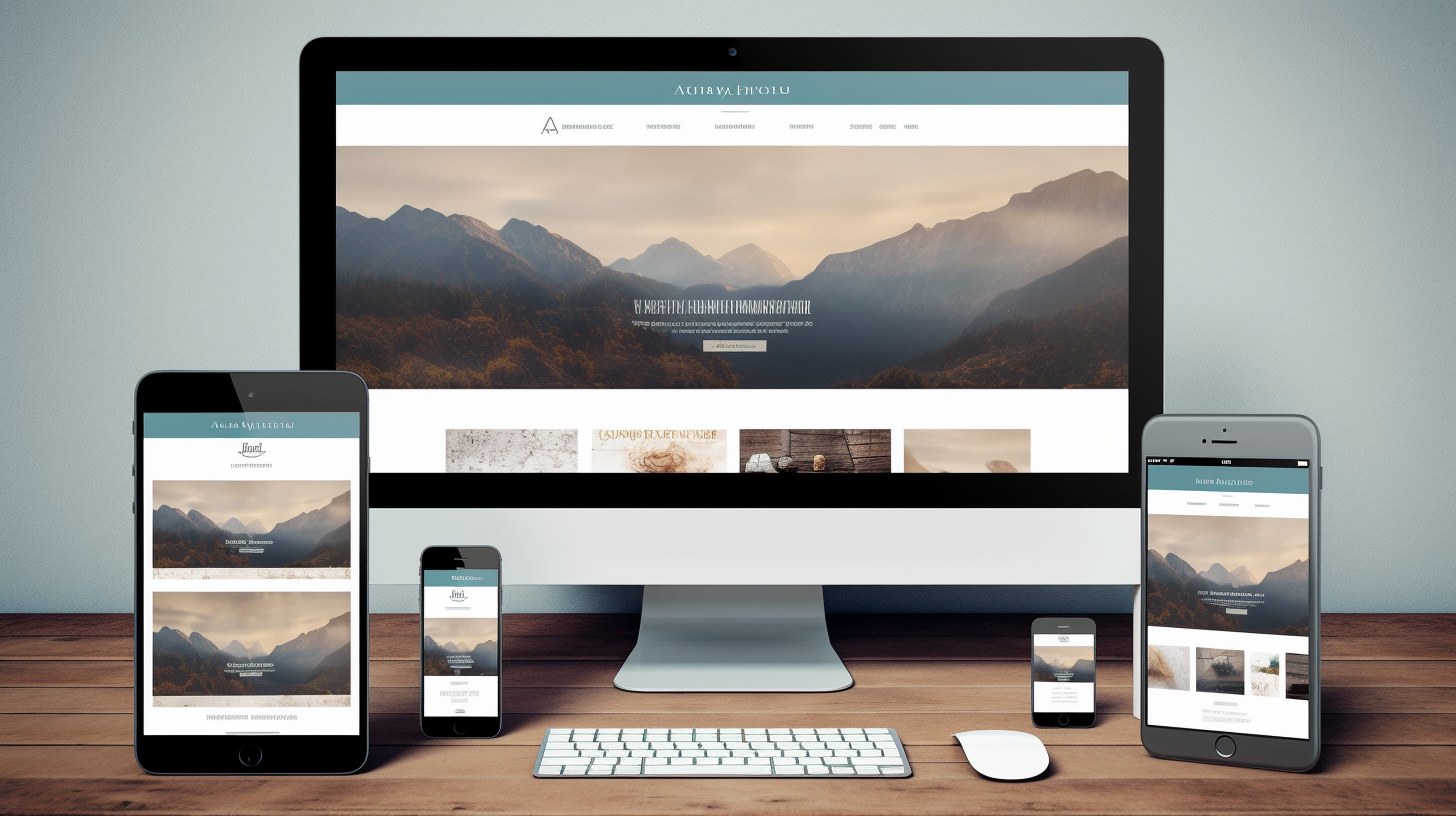Maintaining a WordPress site requires constant attention, monitoring, and updating. As a popular website building platform, it is essential to keep your WordPress site updated, secure, and SEO-friendly to ensure a smooth user experience and optimum search engine rankings. In this article, we will explore ten actionable tips that will aid you in maintaining your WordPress site effectively.
Table of Contents
- Choose the Right Hosting Provider
- Keep Your WordPress, Themes, and Plugins Updated
- Implement Strong Password Policies
- Invest in an SSL Certificate
- Regularly Backup Your Site
- Employ Security Plugins
- Optimize Images and Videos
- Use Caching Tools and CDN
- Optimize On-Page SEO
- Monitor Site Performance
1. Choose the Right Hosting Provider
Your website’s performance and security largely depend on the hosting provider you select. Opting for a reliable hosting service like Managed-WP ensures that your site maintains optimal speed, security features, and excellent customer support. Some factors to consider while selecting a hosting provider are:
- Server uptime
- Server response time
- Security features
- Technical support
- Backup and restore options
2. Keep Your WordPress, Themes, and Plugins Updated
Outdated WordPress core, themes, and plugins can result in vulnerabilities and compatibility issues. To keep your site functioning smoothly, ensure that you:
- Update your WordPress core as soon as a new stable version is released.
- Update your themes and plugins regularly to gain access to the latest features and security patches.
- Remove unused themes and plugins as they can pose potential security risks.
3. Implement Strong Password Policies
Weak passwords can make your WordPress site an easy target for hackers. Implementing strong password policies enhances your website’s security. Follow these best practices:
- Create complex passwords containing a combination of letters, numbers, and special characters.
- Change your passwords regularly.
- Limit the number of login attempts to protect against brute-force attacks.
- Use a password manager to store your passwords securely.
4. Invest in an SSL Certificate
An SSL (Secure Sockets Layer) certificate is essential for securing the communication between your website and your users. SSL encryption ensures that sensitive data like credit card numbers andlogin credentials are transmitted securely. Google also prioritizes websites with SSL certificates in search rankings. Keep in mind to:
- Purchase an SSL certificate from a reliable Certificate Authority (CA).
- Properly configure your SSL certificate and check for mixed content warnings.
- Update your site’s URLs from http to https to reflect the secure connection.
5. Regularly Backup Your Site
Regular backups can save your site in case of server crashes, hacks, or human errors. Make sure to:
- Create a regular backup schedule based on the frequency of your site updates.
- Keep multiple copies of your backup at different locations for added security.
- Use reliable backup plugins like UpdraftPlus or BackWPup.
- Periodically test your backups to ensure they can be successfully restored.
6. Employ Security Plugins
Security plugins can detect and protect your WordPress site from various threats and vulnerabilities. Some popular security plugins are Wordfence, Sucuri, and iThemes Security. When using a security plugin, make sure to:
- Install a trusted plugin that possesses a high number of active installs and positive reviews.
- Configure the plugin settings according to your security requirements.
- Keep the plugin updated to ensure maximum protection.
7. Optimize Images and Videos
Optimized media files enhance your site’s loading speed and overall performance. To ensure efficient media file optimization, consider the following tips:
- Compress images without compromising quality using plugins like WP Smush or Imagify.
- Use the appropriate image format (JPEG, PNG, or GIF) according to your requirements.
- Utilize a Content Delivery Network (CDN) to serve media files faster and reduce the load on your server.
- Host videos on platforms like YouTube or Vimeo instead of uploading them directly to your site.
8. Use Caching Tools and CDN
Caching tools and CDN services can dramatically improve your site’s performance and loading speed. To employ these solutions effectively:
- Install and configure caching plugins like WP Super Cache, W3 Total Cache, or WP Rocket.
- Consider using a CDN like Cloudflare, Amazon CloudFront, or KeyCDN to distribute your site’s content across multiple servers worldwide.
- Configure your CDN settings and integrate it with your caching plugin for the best results.
9. Optimize On-Page SEO
Good on-page SEO practices can boost your site’s visibility in search engine rankings. Employ these strategies to optimize your site’s SEO:
- Create unique and descriptive title tags, meta descriptions, and URLs for each webpage.
- Use header tags (<h1> to <h6>) to structure your content and improve its readability.
- Optimize your site’s images with suitable file names and alt tags.
- Implement structured data using schema.org markup to help search engines better understand your content.
- Use internal and external linking strategically to boost your site’s authority and user experience.
10. Monitor Site Performance
Regularly monitoring your site’s performance can help you identify issues, fix them, and maintain optimal user experience. Keep these best practices in mind:
- Utilize performance monitoring tools like Google Analytics, Google Search Console, and Pingdom.
- Analyze your site’s performance metrics, such as page load time, bounce rate, and organic traffic.
- Conduct regular site audits using tools like SEMrush or Ahrefs for a comprehensive SEO analysis.
- Act promptly to resolve any identified issues and continuously improve your site’s performance.
Frequently Asked Questions (FAQs)
- How often should I update my WordPress core, themes, and plugins?
It is recommended to update your WordPress core, themes, and plugins as soon as a new stable version is available. Timely updates ensure your site remains secure from vulnerabilities and benefits from the latest features. - What are some other best practices for secure user authentication?
In addition to utilizing strong passwords, consider implementing two-factor authentication (2FA) and limiting user access based on their role within your organization. - Should I use a free SSL certificate or a paid one for my site?
Although a free SSL certificate can provide basic security, a paid SSL certificate from a reputable Certificate Authority (CA) offers additional features, guarantees, and support, making it a better choice for professional websites. - What are some other factors affecting WordPress site performance?
Other factors affecting performance include server configuration, database optimization, and reducing the number of HTTP requests on your site. - How can I measure the success of my on-page SEO efforts?
Track your website’s rankings, organic traffic, and user engagement metrics using tools like Google Analytics, Google Search Console, or Moz Pro to monitor your on-page SEO efforts’ effectiveness.



















